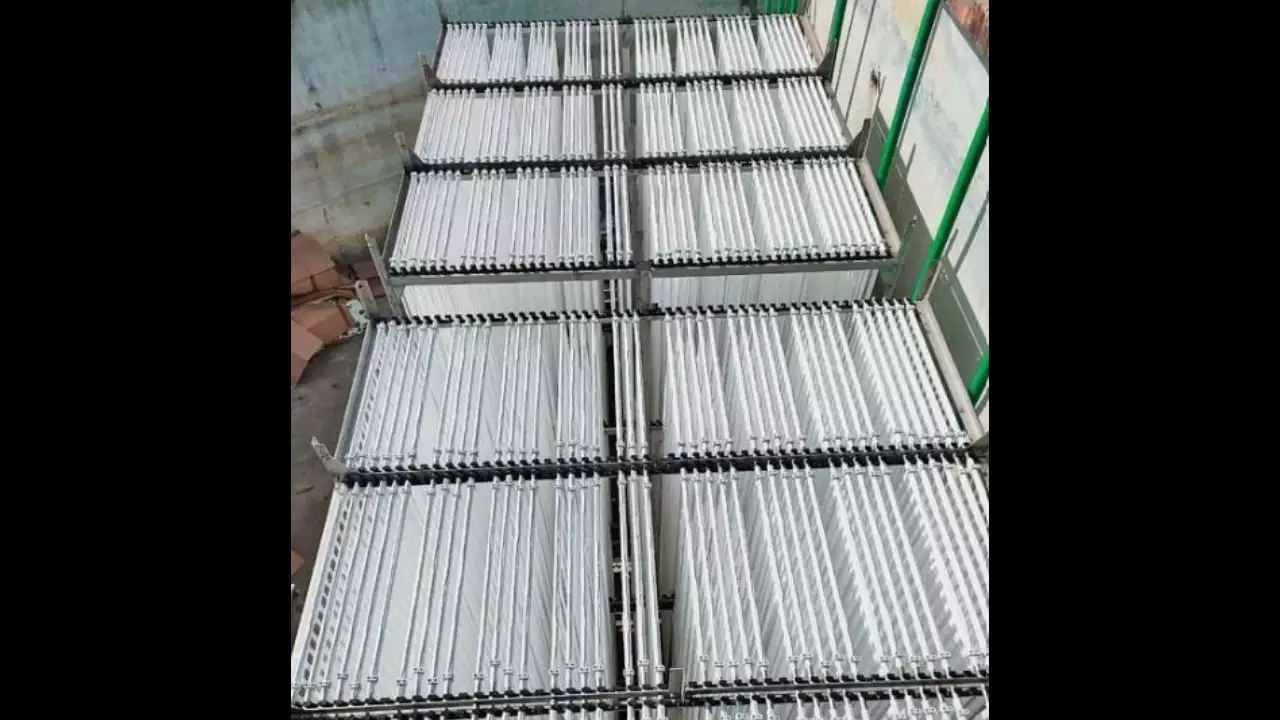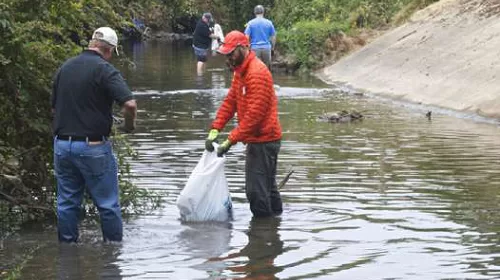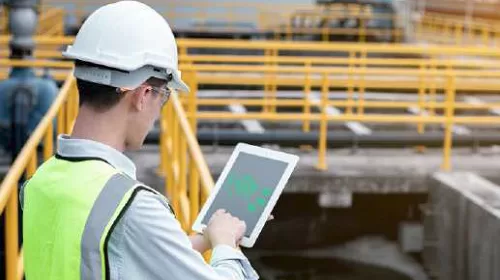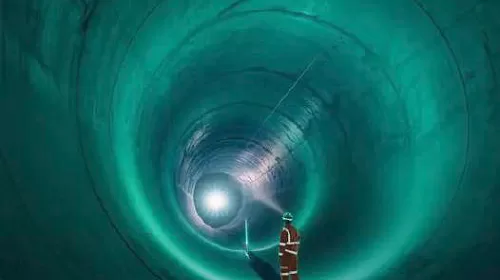NEW DELHI: To revive lakes in the city with quality treated water, Delhi government is adopting a new technology that does aeration and bacteria treatment of the sewage to augment efficiency of the sewage treatment plants (STPs).Officials said they aimed at treating over 500MGD sewage, and over 150MGD treated water would be infused into the lakes, including 25 acres of Sanjay Lake.
The technology uses aeration machines and the integrated fixed film activated sludge (IFAS) process to quickly enhance dissolved oxygen (DO) and reduce biochemical oxygen demand (BOD). While the city currently generates about768MGD (million gallons per day) sewage, only 632MGD is treated, and at least nine of the 35 STPs do not comply with the standards for BOD and total soluble solids. The plan is to divert at least 150MGD of the treated water, which will better DO and lower BOD levels in the lakes. While the BOD standard depicts the minimum oxygen a waterbody requires to decompose organic matter, DO shows measures of life init.
“The idea is to give treated water more oxygen or air to enhance dissolved oxygen and reduce biochemical oxygen demand. For this, two techniques are being used, the first one being aeration that adds air in the treated water to increase its quality. It’s just like air machines we see in aquariums,” said an official of Delhi government. However, since only aeration is not enough, IFAS is being used to treat the sludge in the water using bacteria. For this, the official explained, additional films are put inside the water, which give space for the bacteria to grow and treat the sludge. The second technique improves BOD.
Delhi government aims to use the cleaner water with better BOD and DO levels for its City of Lake project, which aims at reviving 14 lakes initially and over 1,000 lakes in all. They include two lakes of 11 acres each in Pappankalan, three lakes of 10.5 acres each at Nilothi, and five lakes in Iradatnagar. Sanjay Lake is currently being cleaned along with others like Smriti Van Lake.
“Both the techniques are expected to give us quick results. While improving the capacity and enhancing the quality of the treated water using additional STPs may take over two years, these techniques could help us achieve the same in about six months,” said an official of Delhi Jal Board. The aim is to reduce BOD, which indicates the capacity of a water body to clean itself, from 30 to 10 units, officials pointed out.





